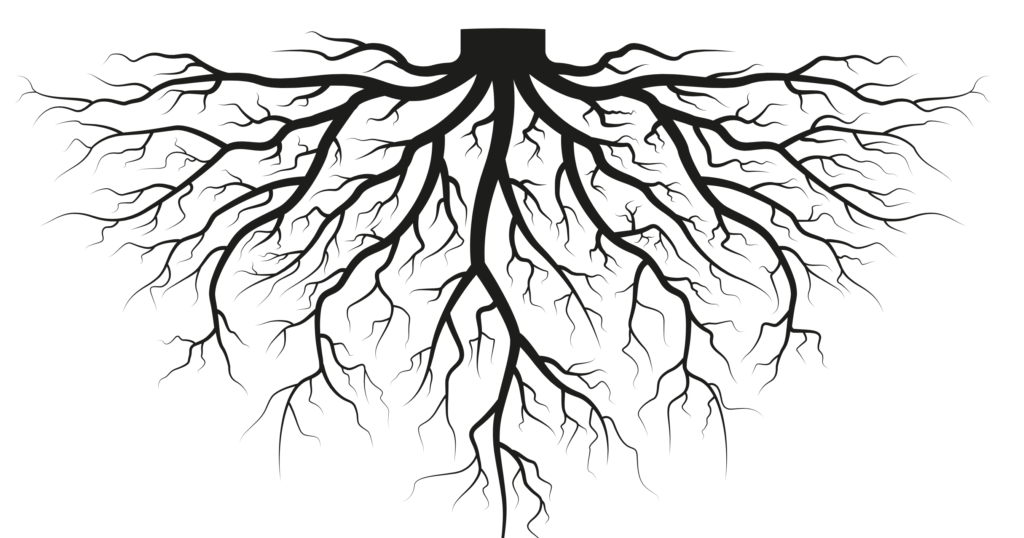
A few posts ago I wrote about shaking up how we ask students to write in response to texts–creating hall of fame posters, designing two-page layouts for trade books, and writing letters. One of my colleagues in the field, Britany, a fifth grade teacher, gave this a go! She asked students who’d read the book Plant Parts by Louise & Richard Stilsbury to write a letter from the root to the plant. See her prompt below.
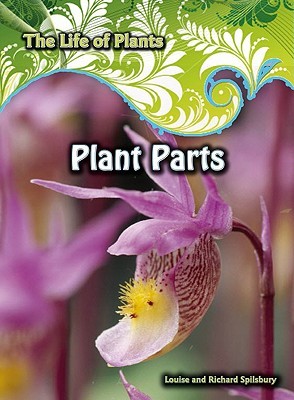
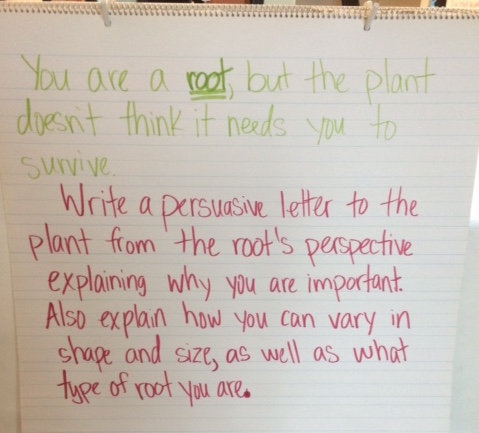
Below are a few of the letters.
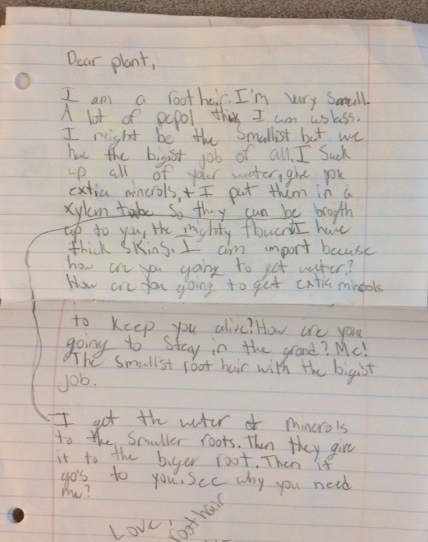
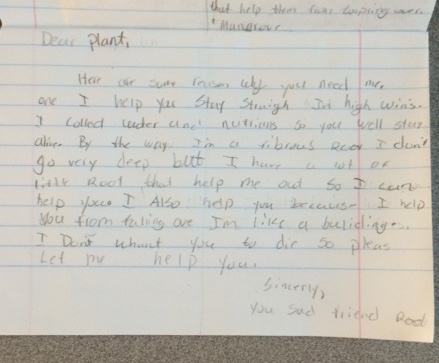
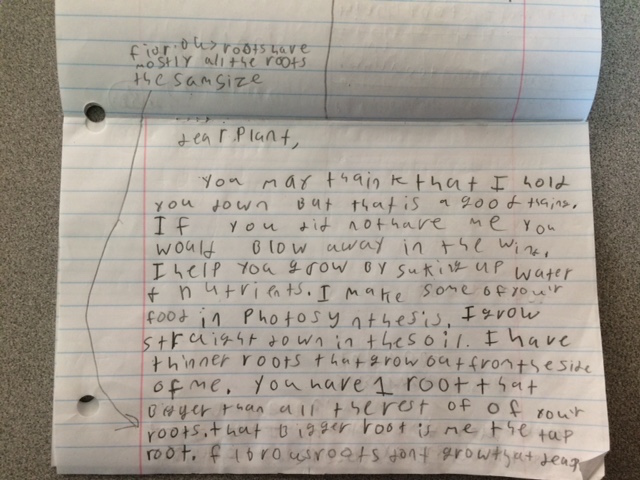
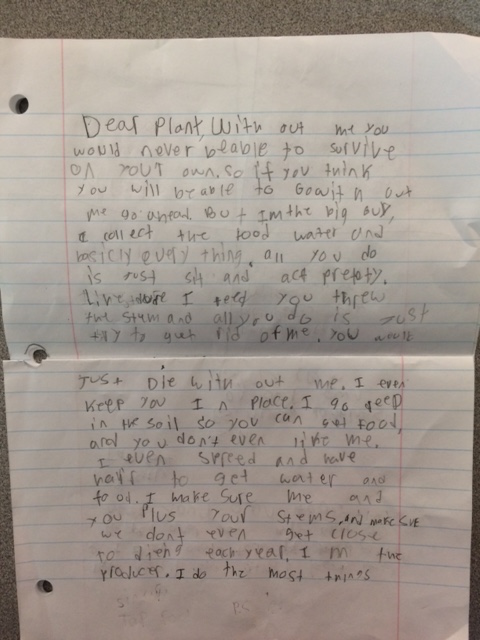
Strengths to Notice
- The writers have a clear sense of purpose and audience with coherent reasoning.
- The writers attempt to use domain specific vocabulary like fibrous root, root hair, nutrients, photosynthesis, minerals.
- There are attempts at explaining the science they learned – especially in the first letter below where the student explains the job of the root hair.
- There’s some humor–as though the student writer is having a good time. “I’m the big guy.” “Your sad friend.” “The smallest root hair with the biggest job.”
- There are attempts at revising – check out the arrows and additional details that are attempts at adding depth.
Next Steps for Instruction
- I’d locate and tackle another text on plants that somehow adds to this conversation between the plant and the root, that somehow deepens students’ understanding of plant systems.
- I’d lead the students in a close reading of text excerpts that explain particular processes and engage the students in conversation about what they are learning–retelling what they learned and discussing their reasoning as to why this is important or why the explanation of this process is important to the author’s central message/main idea.
- Some of the writing is list like–mostly listing reasons why the plant should keep the root. I might share the first letter as a mentor text for “explaining” further and engage in shared writing of also explaining why a particular detail is important. For example, why is it important to the entire plant that the root grows deep? The shared writing might be an opportunity to work on syntax related to explaining these concepts in writing, in academic discourse.
- I didn’t read this book, but I’d keep an eye on the facts. So it was funny when one student wrote, “All you do is just sit and act pretty,” but I’m thinking the flower part of the plant actually has a purpose and is also vital. Maybe I could introduce vocabulary like synergy or interdependence. (Sorry, Science Teachers. I need to study and find the right term!)
- I’d build on the students’ strength as far as the humor and sense of purpose and voice revealed in the first set of letters by listing what they did well in these letters, proposing a follow-up letter, and adding to the list additional ways they can make their writing stronger. I might add an additional purpose for writing – perhaps drafts of a children’s book that can be shared with younger grade?
Okay. Hope this helps. A BIG THANK YOU to Britany for sharing!!!! I learned so much by thinking through what the students wrote!!!!
Sunday
REVISED 4/20/21
